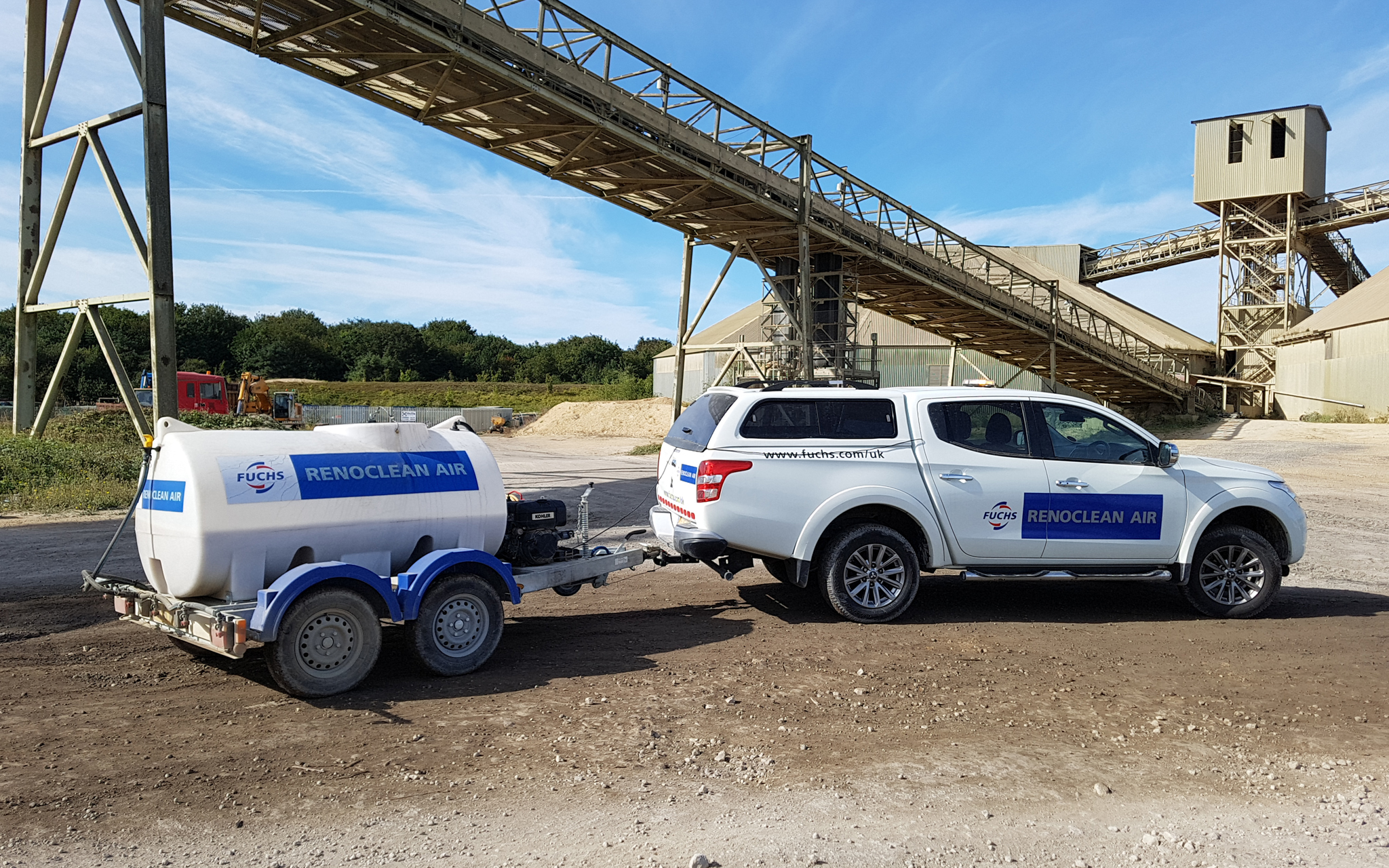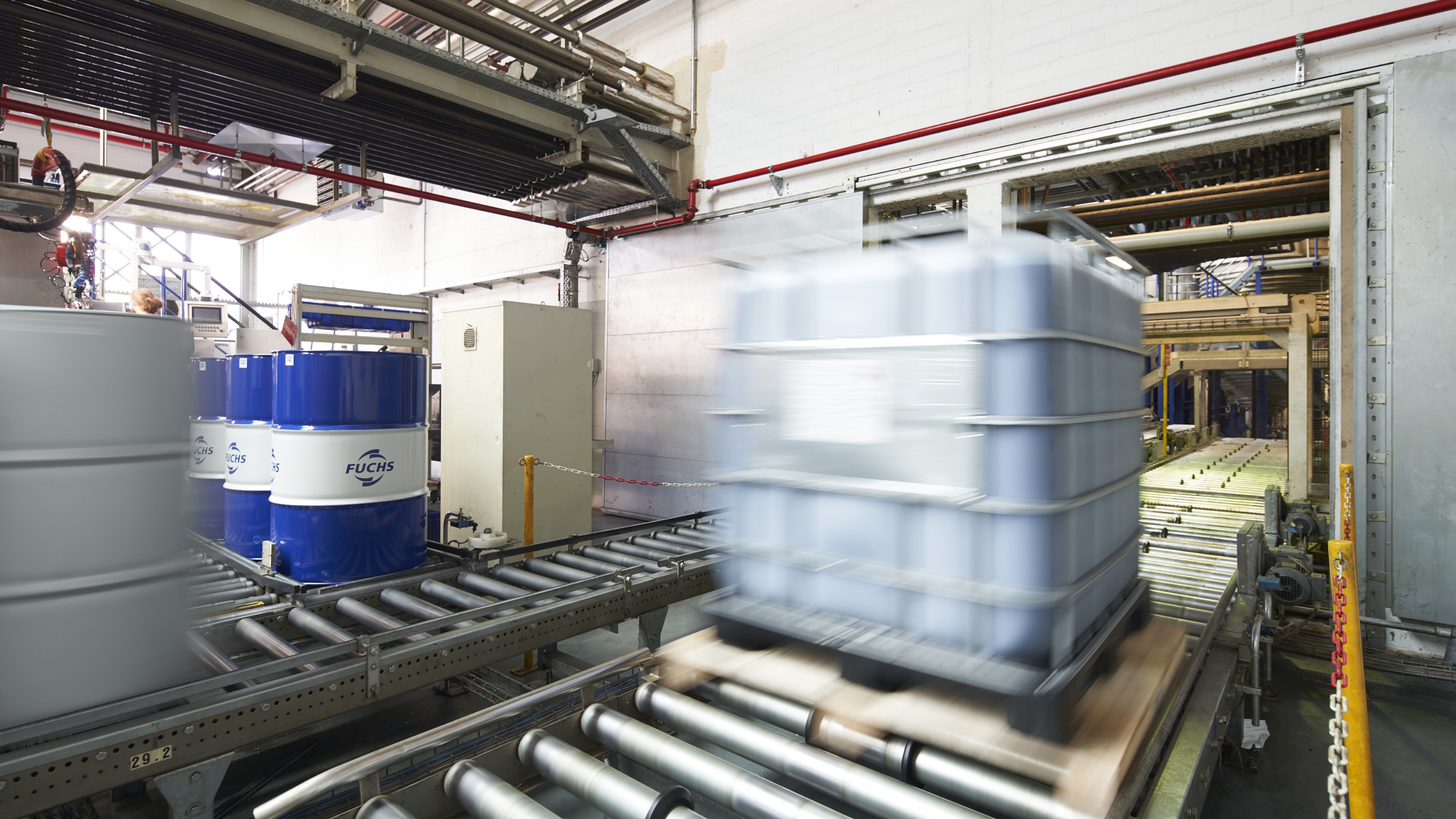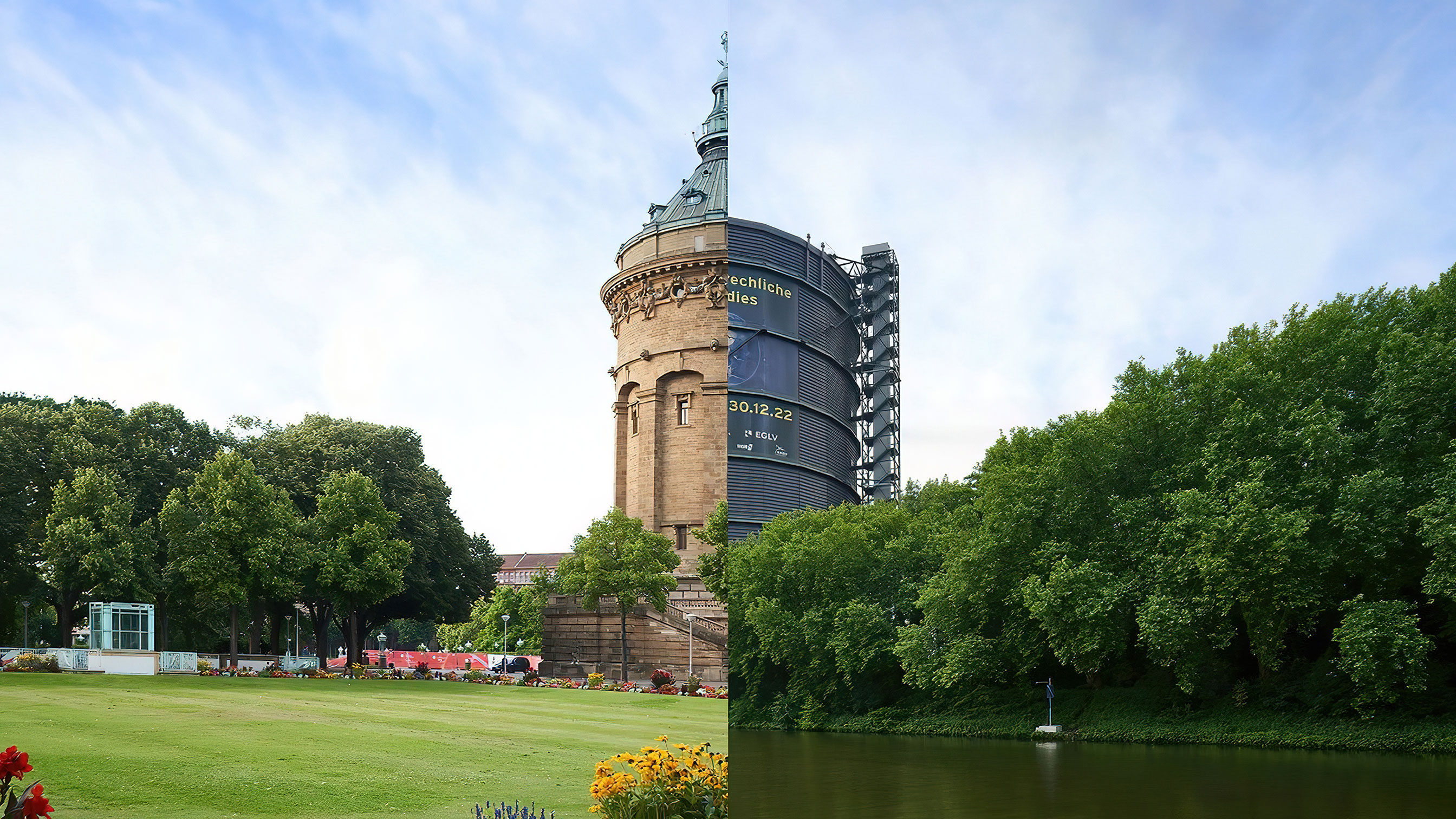Finding ways to control dust, and even more importantly particulate matter, is not only a major task for society but also one of the goals of the FUCHS Group. In fact, this is already being achieved for customers active in the mining sector by use of the RENOCLEAN AIR product series. And research is continuing in other industries as well.
Dust can be found everywhere. Not just around us, but also in the public debate, especially in the form of the much-quoted particulate matter. Particulate matter is not only produced during combustion processes in motor vehicles, it also comes from many other sources: whether it’s power stations and district heating plants, stoves, heating systems, metal and steel production, during the handling of bulk goods or in brake and tire wear. It can also form naturally through soil erosion, forest fires and volcanic eruptions or even agriculture. Here, chemical processes produce secondary particulate matter from gaseous precursors such as ammonia.
Particulate matter can be differentiated according to particle size. Ultimately, however, all types of particulate matter – coarse (2.5 to 10 microns diameter), fine or ultra-fine – have one thing in common: they are potentially harmful to human health. Depending on their size they can settle in the nasal cavities, bronchi or lungs and even enter the bloodstream. Among other effects, they have a negative impact on the cardiovascular system and can cause lung cancer. They also damage the environment, by acidifying lakes and streams, damaging sensitive forests or threatening the diversity of ecosystems.
All types of particulate matter coarse are potentially harmful to human health. Depending on their size, they can settle in the nasal cavities, bronchi or lungs and even enter the bloodstream.
Fixed limits
The first Clean Air Act was passed back in the mid-1950s as a result of the smog disaster in London in 1952. It has been adapted and revised several times and is now a legal regulation for air pollution control in English-speaking countries. For Europe, the E.U. Air Quality Directive 2008/50/EC lays down limit values for particulate matter. The annual average threshold for “coarse” particulate matter is 40 micrograms per cubic meter. The daily limit of 50 micrograms per cubic meter is not allowed to be exceeded more than 35 times per calendar year. The annual average limit for “fine” particulate matter is 25 grams per cubic meter. These values have been mandatory since 2015.
The European Environment Agency (EEA) collects the officially reported air quality data for the E.U. member states. The European Commission then uses this data to assess compliance with the thresholds. In the U.S. this task is performed by the Environmental Protection Agency (EPA). Areas that do not comply with the limits must draft air pollution control and action plans including various measures for reducing emissions.
Perfect simulation
The requirements are therefore strict and require considerable efforts on the part of industrial companies. As a result, FUCHS has been researching technologies to control dust and particulate matter for a considerable time and has established effective solutions on the market with the introduction of its RENOCLEAN AIR product series. First and foremost, they help to control dust in the mining and mineral handling sectors. Special additives that are mixed with water in low concentrations are used to enhance the dust control spray systems used on mining machinery and at belt transfer points and when spray applied, serve as wetting agents to reduce dust in underground coal mines. Other products in the range function as road stabilizers for unpaved roads or can be used to stabilize coal heaps and reduce emissions during transport of goods, such as coal and ores. RENOCLEAN AIR has also been used in the British steel industry since 2017.
Another example comes from a concrete manufacturing plant that suffers from very high dust emissions from the natural roadways on site during vehicle movements. FUCHS engineers sampled the roadway material and then carried out lab tests to verify performance of dust suppression fluid RENOCLEAN AIR HOLD-DOWN. Compared to water as a dust control agent, the RENOCLEAN AIR HOLD-DOWN binds the particles, helps retain moisture and reduces dramatically the amount of dust emitted. “In addition to reducing dust levels the number of applications of water needed to control dust is greatly reduced, saving fuel burnt for the bowser truck, driver time and reducing valuable water use. FUCHS’ calculations show that in some cases water consumption can be reduced by a factor of 2.5 and up to 61% savings achieved in the cost of fuel for the bowser truck. In certain countries water is a very scarce commodity and by using RENOCLEAN AIR products, the customer can conserve this valuable resource for other uses and transfer manpower to other tasks leading to considerable safety improvements and financial savings,” Paul Littley, Executive Manager Global Research & Development at FUCHS LUBRICANTS U.K., says.
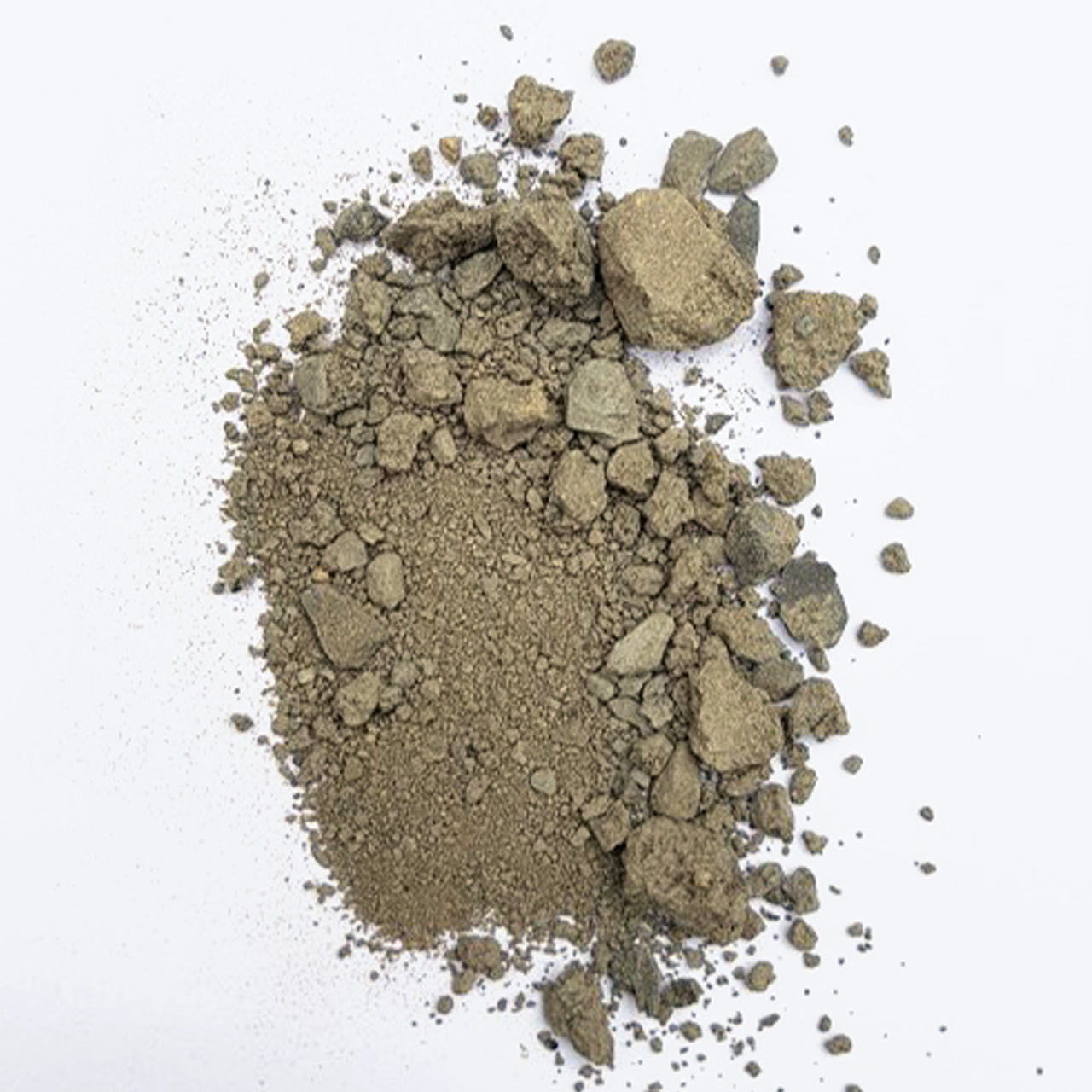
Roadway sample taken one hour after the application of water
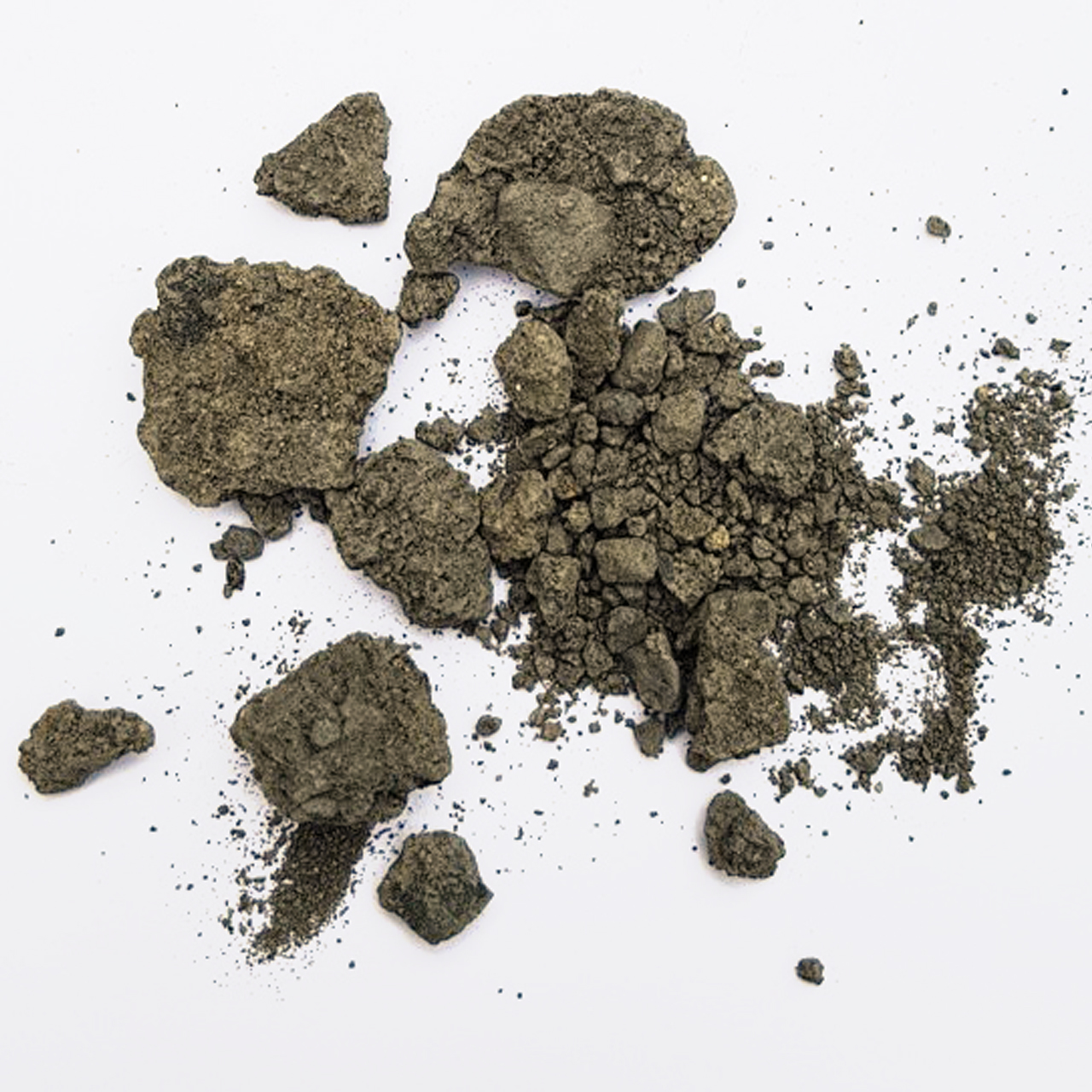
Roadway sample taken one hour after the application of water containing 5% of RENOCLEAN AIR HOLD-DOWN
The application of 5% RENOCLEAN AIR HOLD-DOWN to the water generates a significant enhancement to dust suppression beyond that afforded by water alone.
And research continues. FUCHS is currently conducting further field trials in the U.S. Australia, the U.K. and Poland. Besides application-oriented research at its customers’ sites, dust control technology plays the most important role. FUCHS has already applied for a patent for the dust cabinet it developed. It simulates the formation of dust and particulate matter in the smallest of spaces. Wind speeds of almost 100 kilometers per hour, temperatures of up to 50 degrees Celsius and vibrations of the material bed can be simulated in it. An ultra-modern real-time dust monitor checks the dust level in the air and records it precisely. This technique enables Fuchs to develop and optimize formulations for specific customer dust problems.
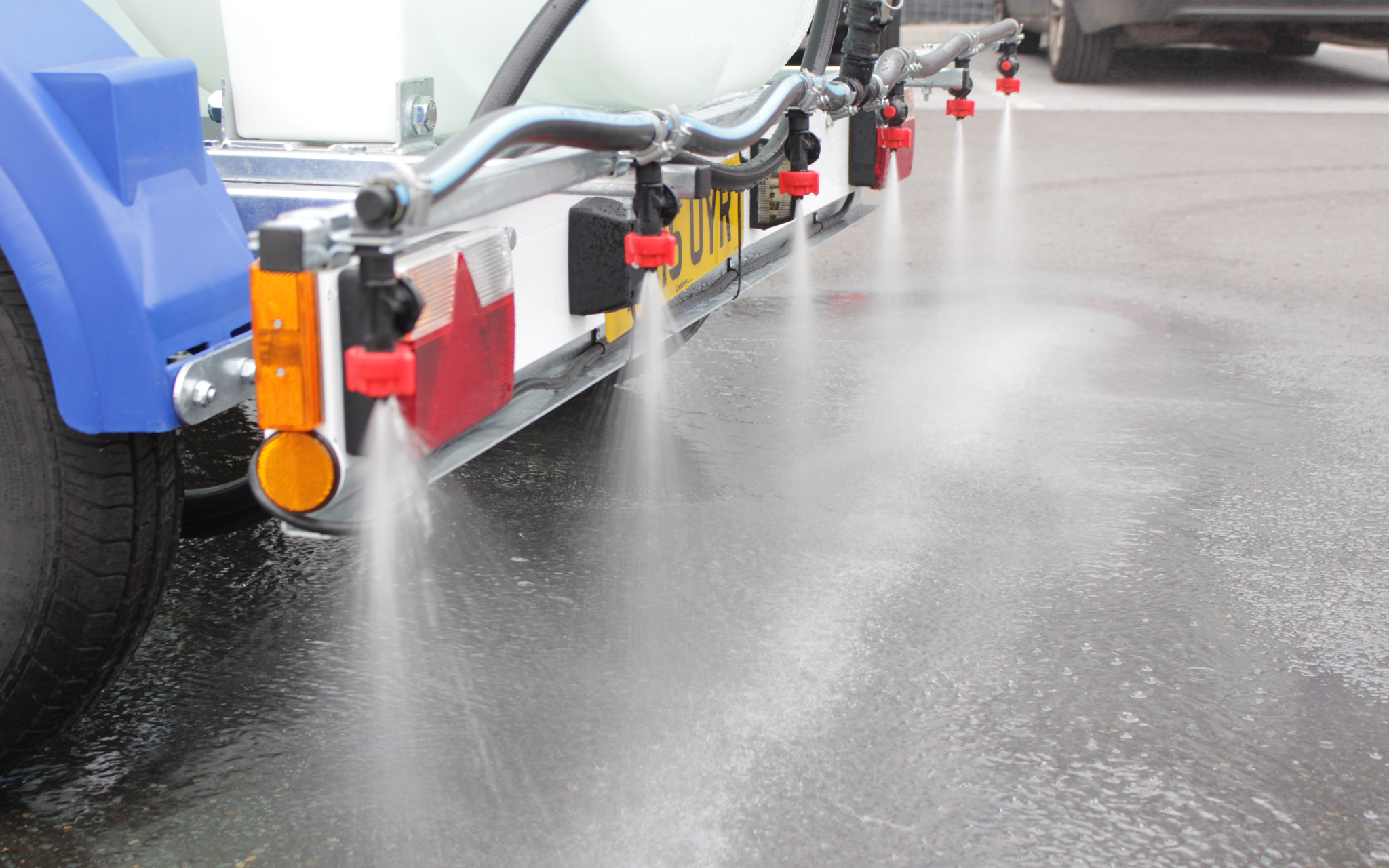
By using a specially designed bowser FUCHS can treat the road surface with a known amount of product at a predetermined concentration in a controlled manner.
Continuous development
“We know that air quality is a highly relevant issue and must be taken very seriously by industry, both for the protection of workers and for the public space surrounding companies. Thanks to our products, our customers are better able to comply with air pollution limits. And we will continue to research and develop this technology,” says Littley. Of the approximately 500 engineers and scientists who work for FUCHS in 25 different laboratories around the world, around 30 are actively working on dust control technology. Global research is coordinated and managed via matrix structure of FUCHS’ research laboratories where the UK-lab operates as a lead hub for dust control development.
